David Lea-Wilson scoops up a handful of rough salt crystals from a barrel and lets them fall away through his fingers. The sound is surprisingly musical, like shards of glass trickling to the floor. I tell him it reminds me of an instrument I had as a child. “No one’s ever commented on the noise of the salt. I thought that was just my private obsession,” he laughs.
Halen Mon—Welsh for Anglesey Sea Salt—is often cited as the best salt in the world. It is admired for its innovative production, its distinct taste and unique texture, each piece peaking in the middle like an icy pyramid.
Anglesey is a little island on the northwest tip of Wales, broken away from the mainland like a bird from the flock. The weather is wild and unpredictable. The sea claps madly against the rocks one day, and is flat as a pane of glass on others. It is a quiet island, with a small scattering of villages overlooking miles of grazing sheep, with the soaring humps of the Snowdonia mountains lining the sky. The nights are peaceful, save for the whistling wind and the nocturnal bustle of wildlife. It was all of these things that captured Alison and David Lea-Wilson when they first came here back in the ‘70s. “Anglesey is wide open. It reminded me of East Africa in some ways, where I grew up,” David tells me, as we pull into the driveway of Halen Mon, the company he and Alison set up 17 years ago.
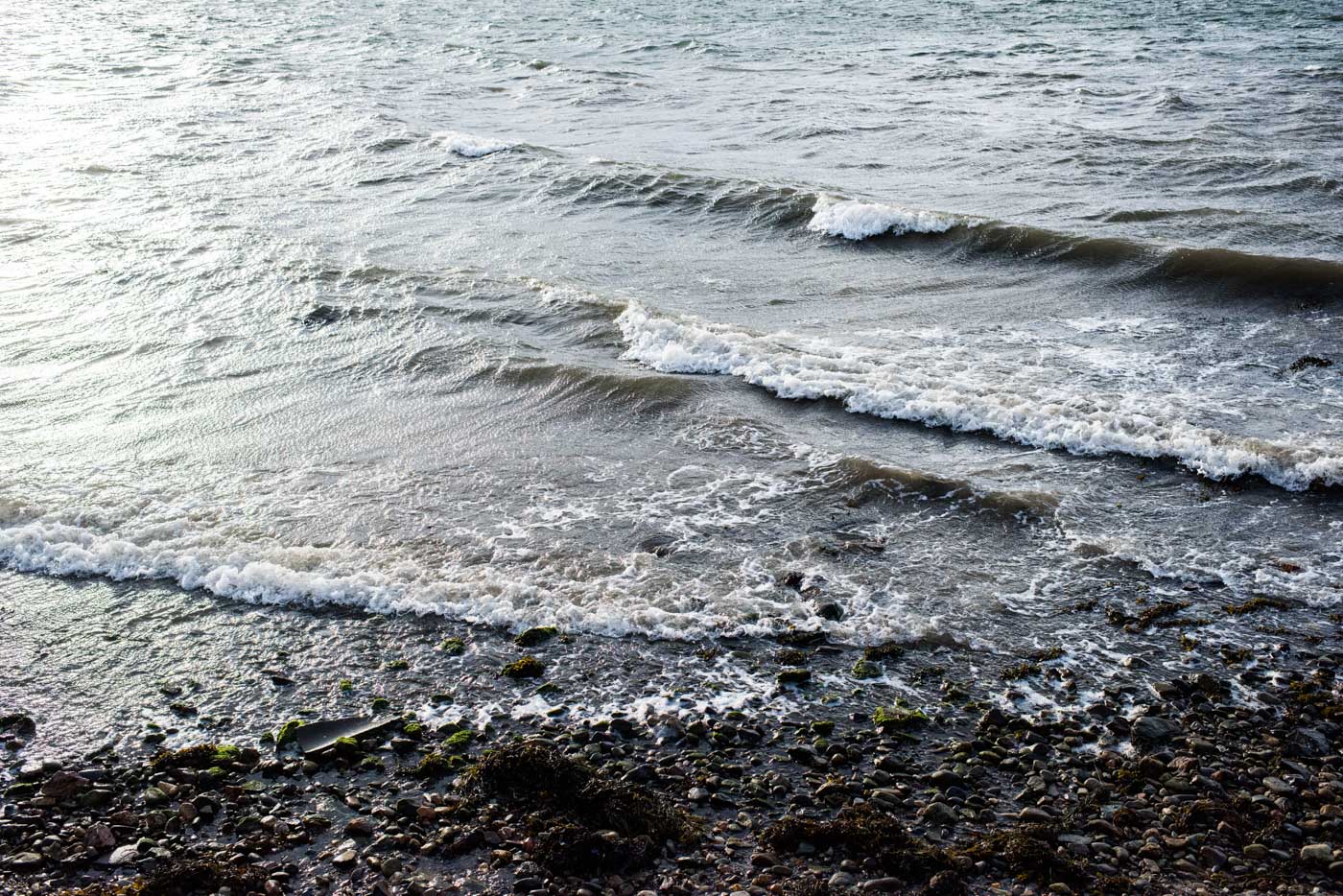

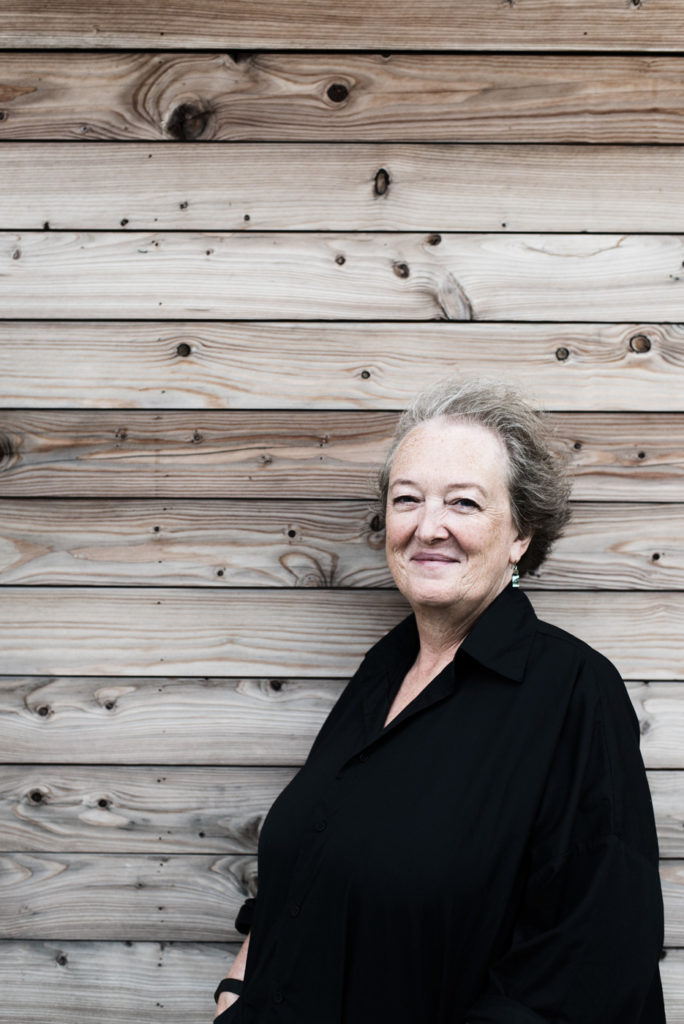
We arrived in Anglesey late the previous night, after what felt like an endless drive. The motorway had unravelled into narrow country roads, and as we approached the island, Snowdonia’s curves were opaque against the dark blue sky. Alison and David greeted us at the front door of their white Georgian house, which glowed like a candle in the dark. We ate dinner straight away—partridge with bacon, carrots and beans from the garden with a thumb of melting butter on top, homemade bread sauce, homemade plum jelly, and thick slices of Alison’s masterful sourdough. We shared local cheeses with creamy cobnuts and grapes, and finished with a short, buttery plum tart with crème fraiche.
Their kitchen is strung with copper pots, antique biscuit tins, and shelves stuffed with cookbooks. A table for chopping vegetables looks out over the wide front lawn where a Gypsy caravan hundreds of years old stands glossy and proud, halfway through David’s renovation. The dogs—two jack russell terriers—were curled up on a red sofa in the corner, below a ceiling dotted with old iron meat hooks. A long, 12-seat wooden table sweeps down the center of the room, which is warmed by an Aga cooking range the colour of theatre curtains. It was on this very Aga that Alison and David first discovered the pure, snow white salt that comes from the sea surrounding their home.
The couple fell in love in the 1970s, attending university side by side. “We went to the only one that would take us both,” Alison tells me. Like most students, money was tight, and the sea offered them a chance to make a living. They began growing and selling shellfish, ending up as wholesalers providing seafood and locally-caught game to restaurants along the north coast. “We had to find somewhere to keep it all, so we ended up with this building by the sea,” she explains. “We needed to find something else to do to pay the bank loan, so we set up the Sea Zoo.” This major public aquarium was one of the first of its kind in Britain, but while business boomed in the summer, the winter months were tough. Searching for a unique idea, they looked to the sea once more. “We walked down to the water and scooped some up into a saucepan. We took it home and boiled it, and started to see this perfect salt form. That was the moment we realised we could really do this,” Alison recalls. The water in question is the Menei Strait, a 16-mile strip of sea that cuts off Anglesey from the Welsh mainland.
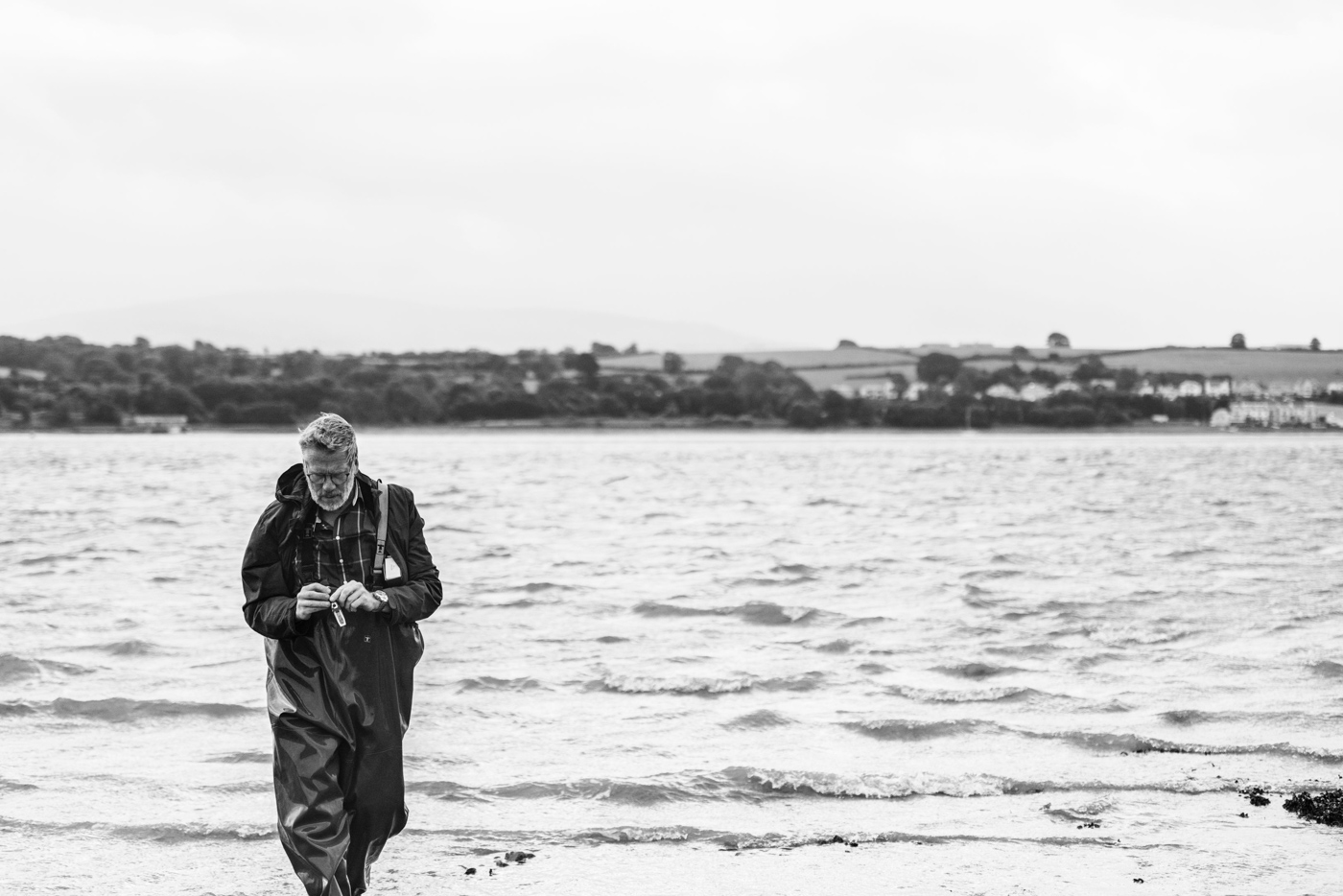
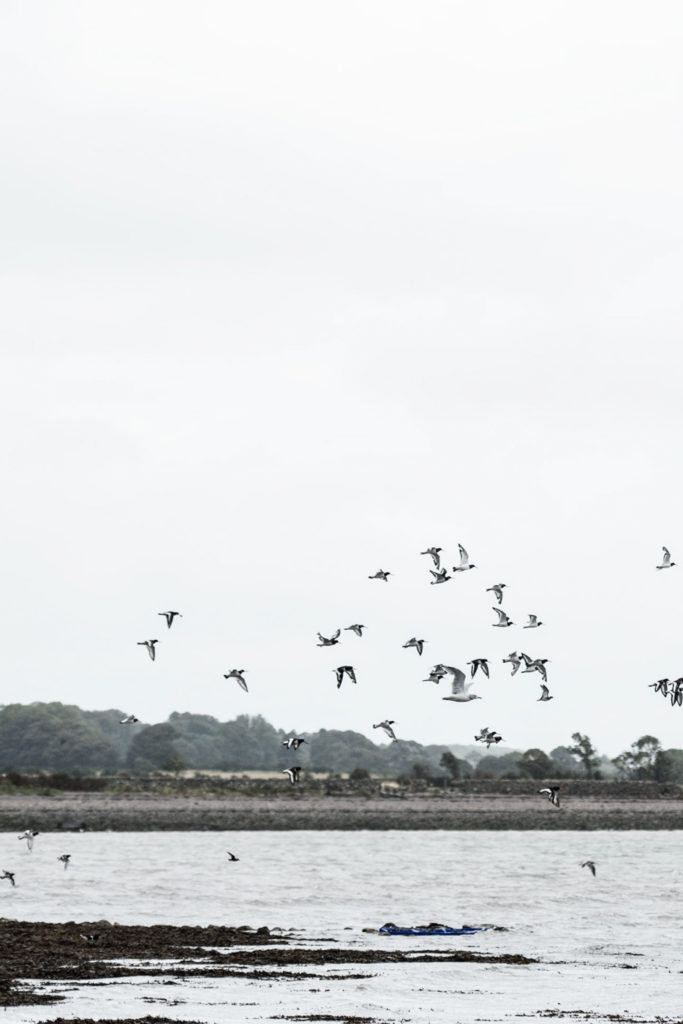
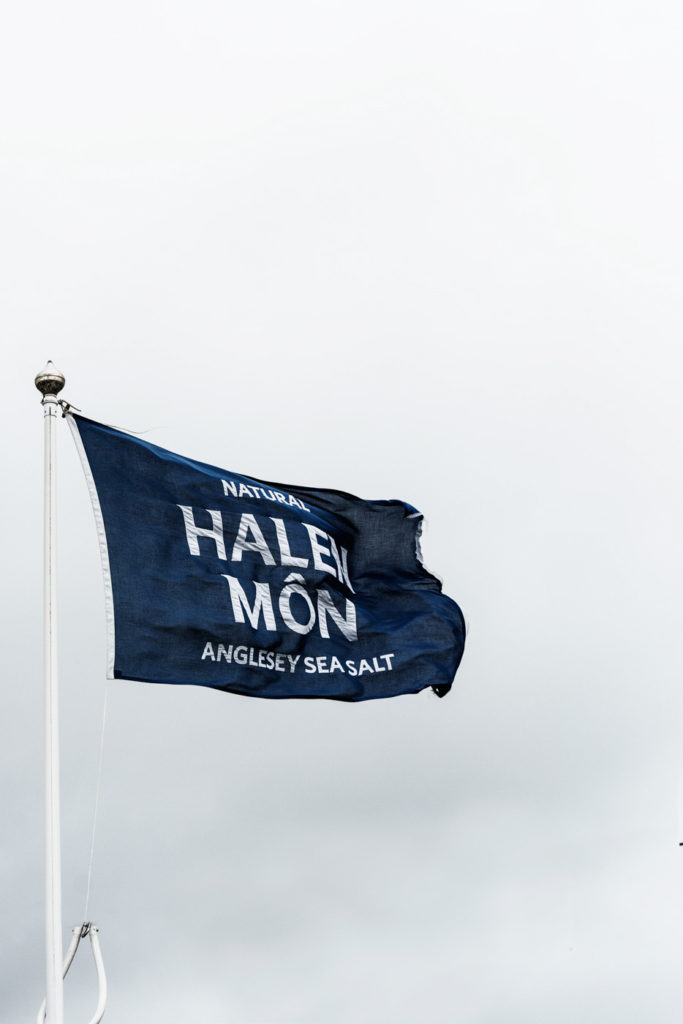
“I think the definition of innovation is a feeling of slight discomfort,” David explains. “And it did feel uncomfortable going down to the sea and collecting it. But we had to start somewhere. And when it worked, we knew that was it.”
After that, David began delving into the science of salt-making, sitting in on first year chemistry lectures at the local university. “I wanted to understand the science of crystallisation,” he tells me. “But that wasn’t enough. I needed to know more.” He enrolled in a travelling fellowship, scaling the world to understand his newfound craft. “I learned the most in Japan. They’re a culture that really values salt,” he says. “If you move house there, you give a gift of salt. If you get married, you get salt. It’s all about purity.” Looking around as he spoke, it seemed to click. It is hard to imagine a place purer, or more submerged in nature than this.
On the day that we visited Halen Mon’s headquarters, the winds were riotous—so deafening and strong you felt your feet rooting themselves to the ground. “It can be mirror calm here,” David shouts over the top of it. “But not today!” The shore is craggy, the rocks glossy with rain and sea spray. The seaweed lies in rubbery piles, and Oystercatchers peck at the stones. In the distance is a bay of white houses with a church steeple piercing the white sky beyond. The hills of Snowdonia are buried in the clouds, and the rain begins to splash the waves. But this doesn’t seem to bother David, who shrugs on a pair of waders and marches cheerily into the sea to measure the level of salt in the water with a refractometer. “People think of the sea as the sea and the salt as salt,” he cries over the roaring wind. “But it changes constantly. It’s affected by the Gulf Stream, the mussels and the wind.” Halen Mon’s ecologically-designed saltcote has been built using natural, local materials, sitting on the banks of the water in an Area of Outstanding Natural Beauty. It is an undulating wooden structure, like a mound in the earth.
Escaping back into the building, we head into the production room, where two men in green rubber overalls were dragging spades across tanks of hot, chalky brine. The room was hot and steamy, with little noise apart from the low hum of the tanks and the gentle slosh of water. “It’s a very quiet, contemplative process,” David remarks, walking us over to a tank where Rob, one of a handful of Halen Mon staff, was lifting salt from the water. We peer closely at the white, crystalline snowflakes emerging from the liquid. “These are what we’re after,” he says.
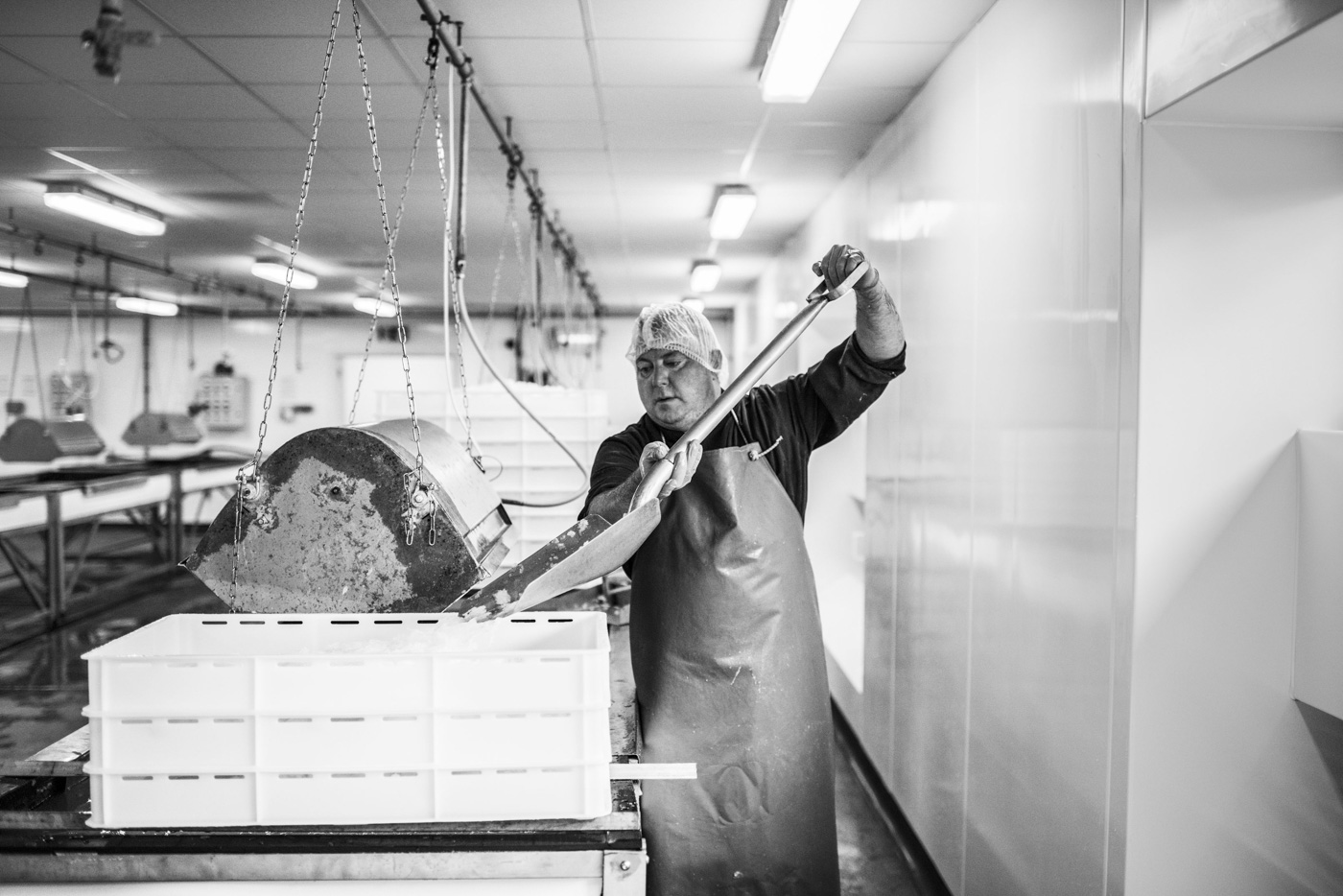
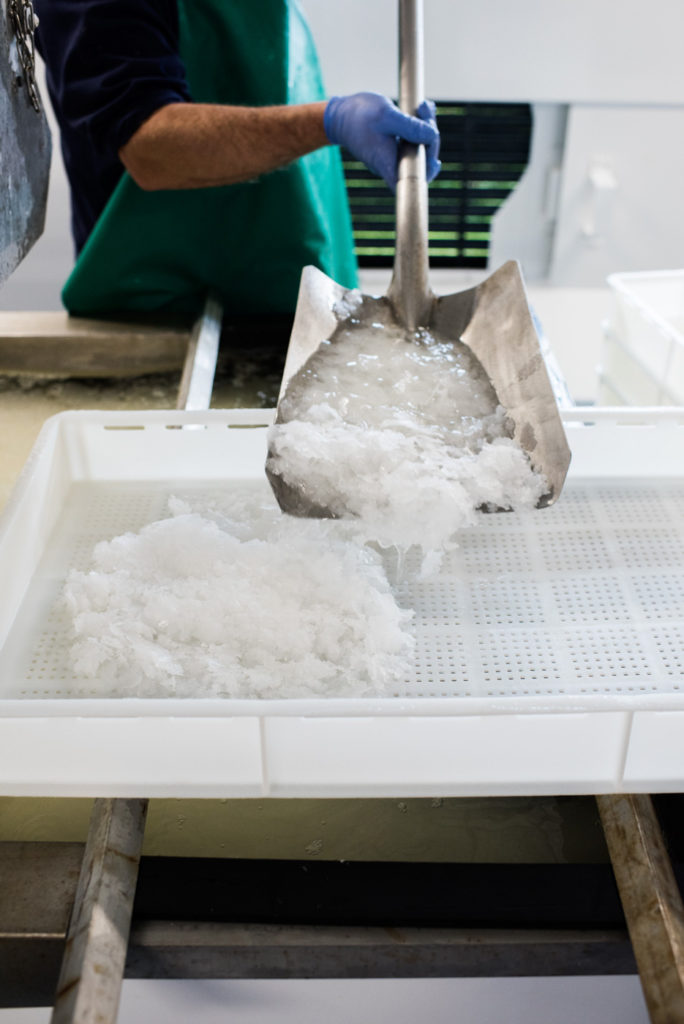
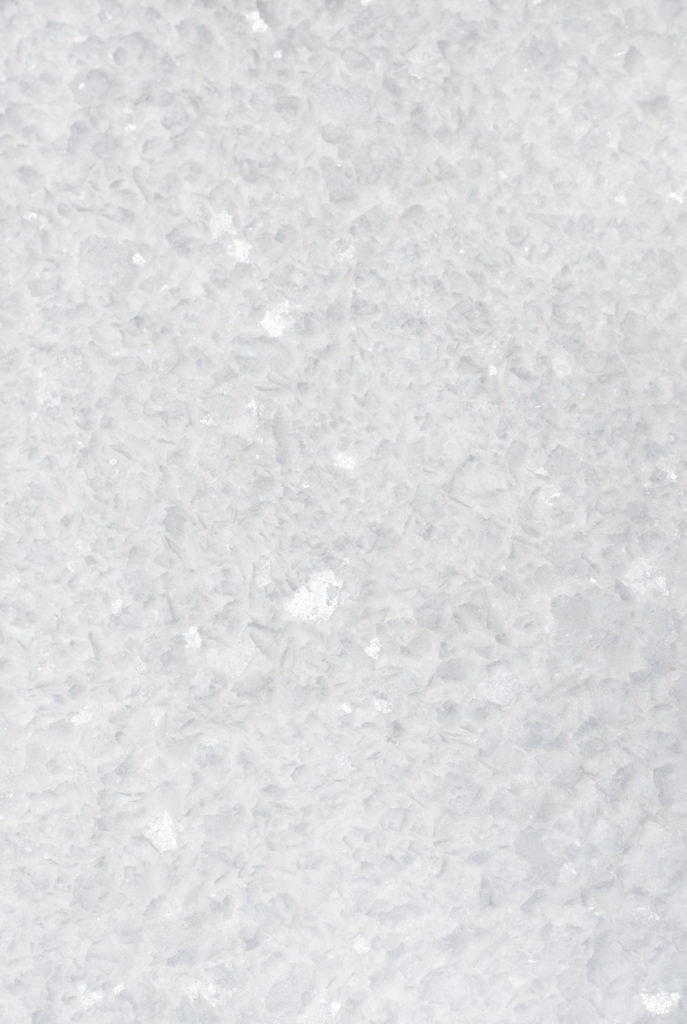
There are 15 stages to the production of salt. The water of the Menei Strait is kept clean by mussels, who suck up and filter nine pints an hour. When the seawater is collected, it is filtered further and boiled to create an “extremely concentrated” brine. This is the murky, steaming water we were standing before, with salty skins forming on the surface. “Once everything is just right, the salt forms on the top and then sinks to the bottom overnight,” David says, striding across the room and opening the door to the next hatch of the building where the salt is slid into an oven in flat containers and baked on a low heat.
After that, we crunched across the gravel to the smoking room, where glowing wood chippings produced a strangely pure smoke. Smoked salt is one of Halen Mon’s most celebrated products, along with vanilla salt inspired by a trip around the South Pacific. They also make celery, umami, roasted garlic and chilli salts. “Our spiced salt came from digging up a recipe from 400 years ago, when people used to preserve meat using salt and spices,” David says, leading us back towards the main building. “Salt is such a deeply important part of our history. Entire empires have crashed because of it.”
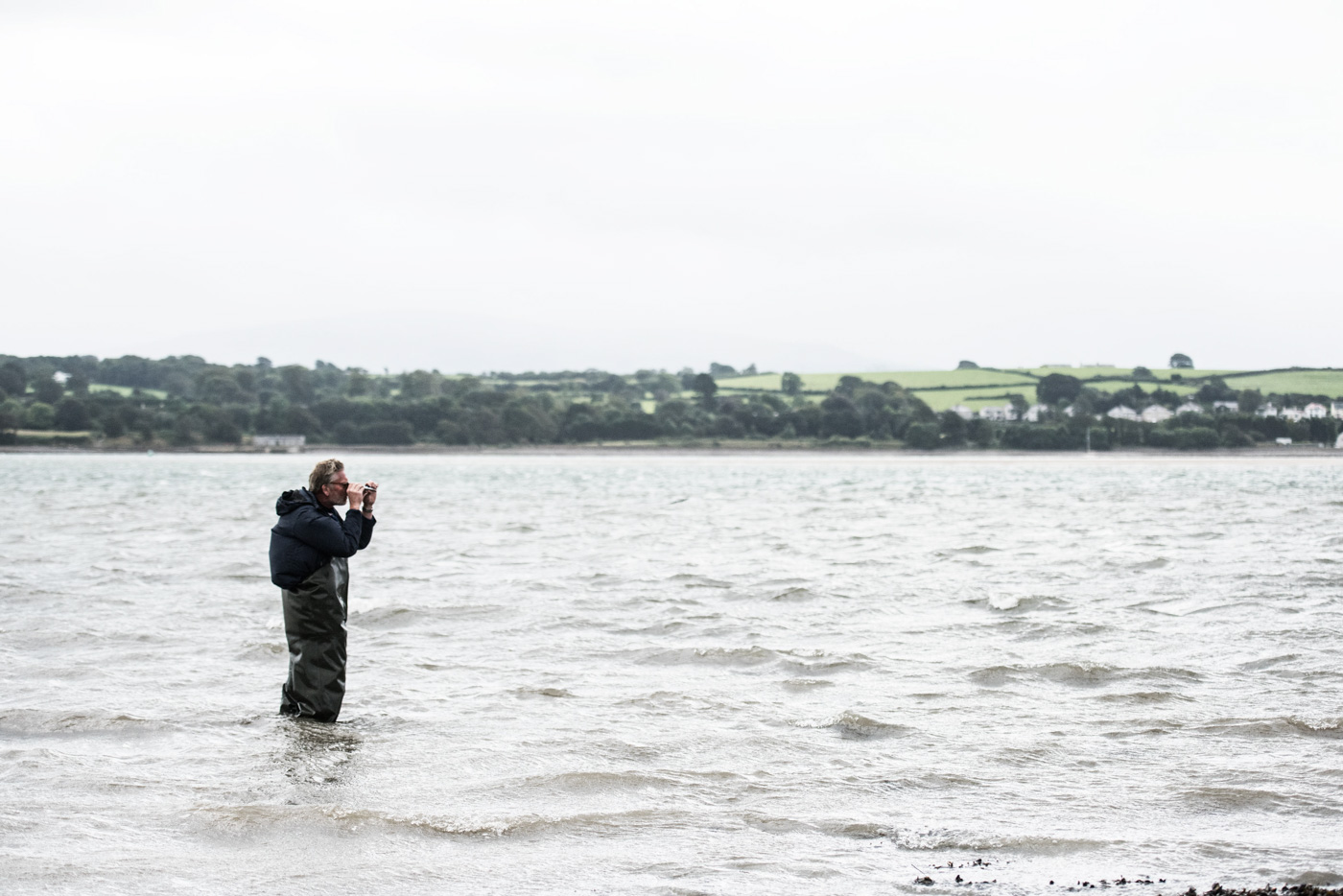
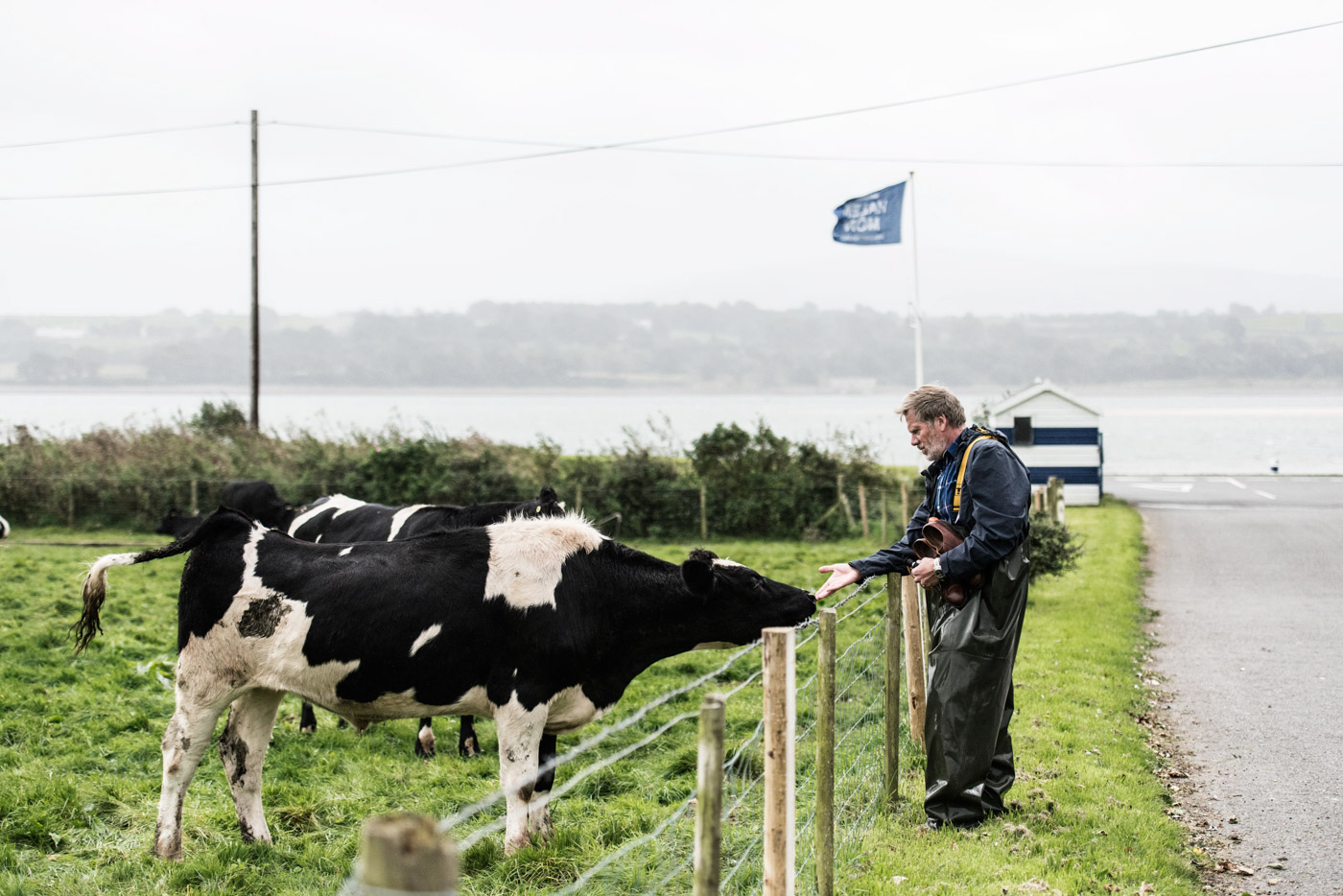
We came across a little dish of salt in the next room, and placed a flake on our tongues. The flavor was soft and pure, with a strange, captivating sweetness unfurling at the end. The fleck dissolved, but its flavor lingered. It reminded me of drying off after a swim in the sea, licking my lips to find the taste left behind. “That slight sweetness comes from the balance of calcium and magnesium,” David explains as we chew on the salt like a delicate snack. “There are 30 trace elements in it. When we began Halen Mon, people were starting to focus on the provenance of certain foods—real bread, real ale. I thought, why not start a campaign for real salt?”
Since they began sifting salt from the Anglesey waters, Halen Mon has gained global recognition. Their devoted customers include Heston Blumenthal, El Bulli’s Ferran Adrià, Martha Stewart and even Barack Obama. A globe made of cork spins in their main office, with colored pins covering the parts of the world where their small batches are shipped. “I’m always sure we can improve on the texture. I don’t think that ever stops. It’s about striking a balance between being an artisan product and tasting constantly good,” Alison says, while the wind howls outside the window.
“The flavor is consistent, but we have to always keep an eye on the water. Since starting Halen Mon, we’ve started to look at the sea as a kind of high quality larder,” David adds. “Ultimately, the elements are always in charge.”





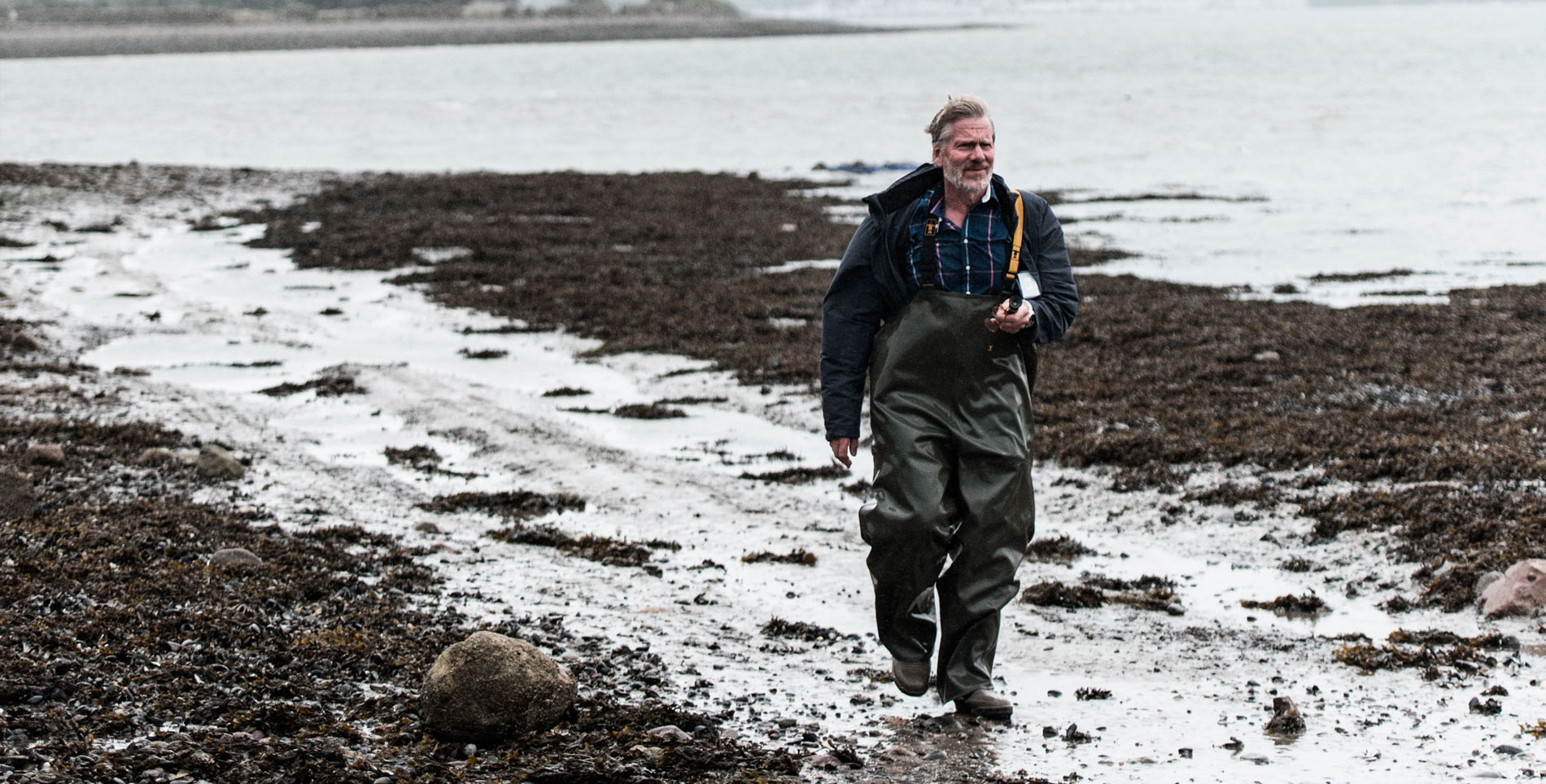

Our comments section is for members only.
Join today to gain exclusive access.